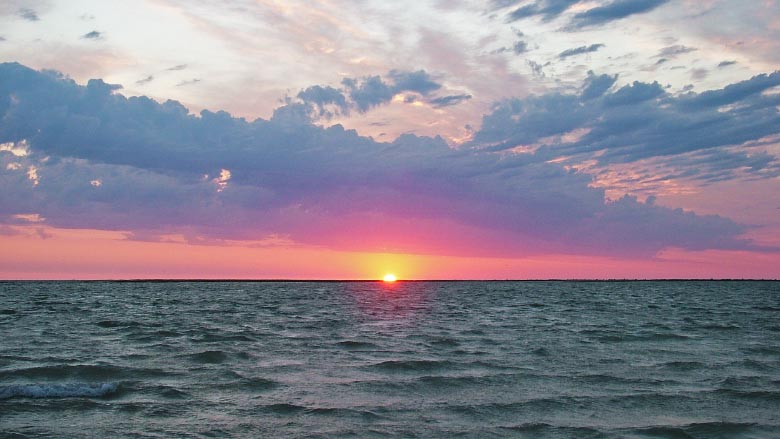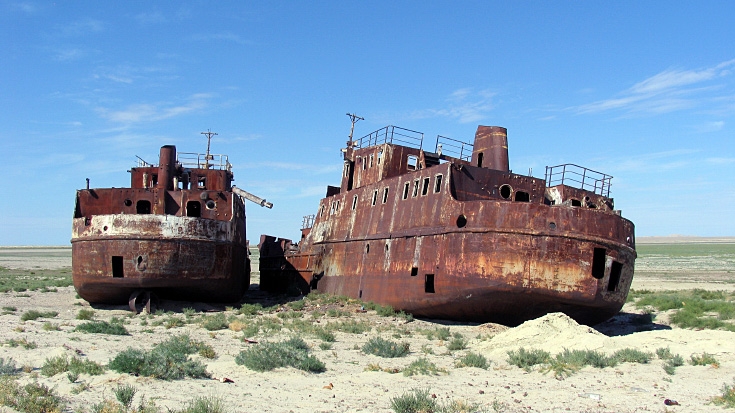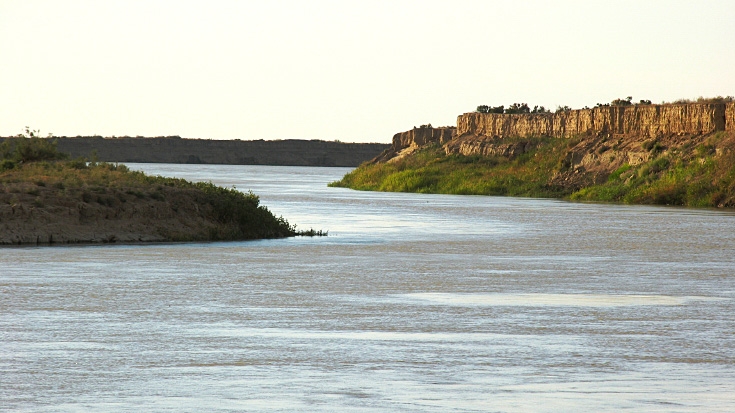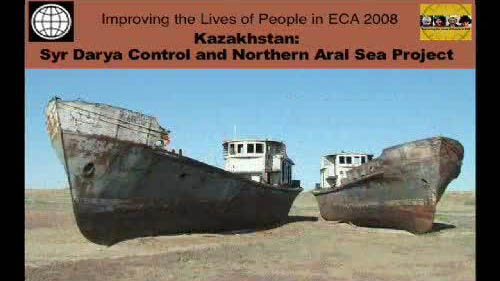The Aral Sea, whose basin is shared by five Central Asian countries, once supported a vibrant economy, with many people relying on fishing and agriculture for their livelihoods. However, massive diversion of water for cotton cultivation from the two main rivers flowing into the Aral Sea in the 1960s shrank the sea, resulting in thousands of lost jobs, severe degradation of the surrounding environment, and ill health among local people.
Rich delta ecosystems were largely lost. Rusted ships stranded on the desiccated seabed and ghost fishing villages are a sad reminder of the once thriving fishing industry.
Currently, a Syr Darya Control and Northern Aral Sea project supported by the World Bank and the Government of Kazakhstan is helping mitigate the damage. The Syr Darya River is the main source of inflow to the Northern Aral Sea in Kazakhstan, while the Amu Darya, with a larger flow, enters the Sea in Uzbekistan. The rivers run approximately 2,500 km through the mountainous upstream countries of Afghanistan, Tajikistan and the Kyrgyz Republic then flow through the plains of the downstream countries of Uzbekistan, Kazakhstan and Turkmenistan.
By 1990, the Aral Sea had divided into northern and southern parts, prompting five Central Asian states to create the Aral Sea Basin Program, with the goal of eventually restoring the Aral Sea to near its original levels. However, by 1996, the Sea’s surface area was half its original size, and its volume had been reduced by three fourths. Global and regional efforts had achieved few results other than studies and reports.



